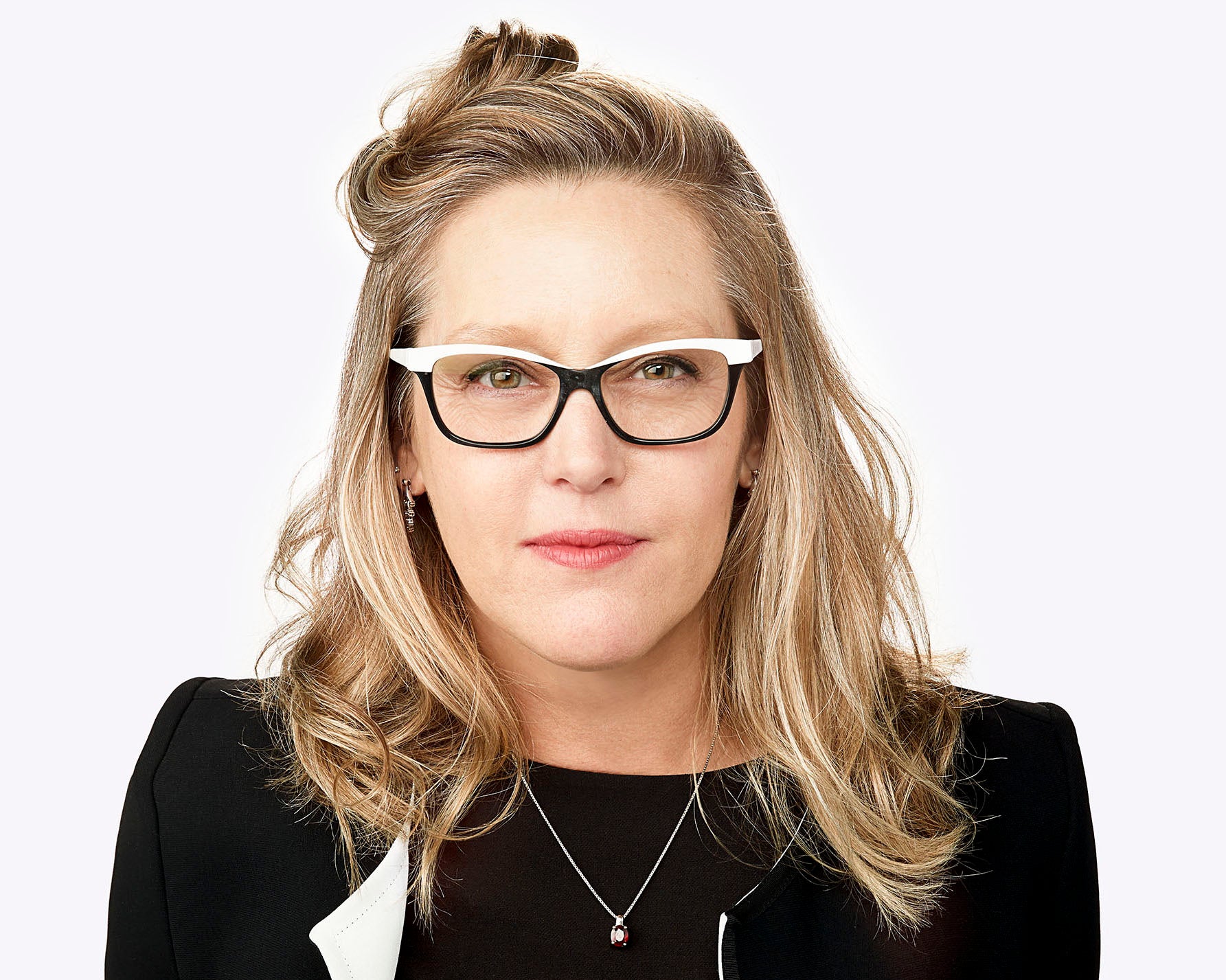It’s been more than a year since Bloomberg stopped running third-party programmatic display ads on its website – and it was the right move, says Christine Cook, Bloomberg Media’s global CRO.
Today, Bloomberg favors direct-sold advertising coupled with a subscription-based model.
It’s not that open programmatic is conceptually problematic, she says on this week’s episode of AdExchanger Talks. But, in practice, third-party tags lead to latency on the page and a tendency toward ad clutter. The pricing is highly variable, and publishers have little control over the ad creative.
For Bloomberg Media, this produced an on-site experience that felt out of sync with the premium nature of its editorial product, Cook says.
Still, open programmatic isn’t necessarily off the table forever, she says, but there would have to be “a lot of improvements” across the online ad ecosystem before Bloomberg would even consider reversing its course.
Meanwhile, Bloomberg has amassed more than half a million subscribers and typically sells out of display inventory without needing to lean on open programmatic demand.
Related to its decision to shut off third-party ads, Bloomberg also launched its own first-party data platform and stopped using content recommendation vendors, including Taboola.
Many publishers have arguably become addicted to their rev share agreements with the likes of Taboola and Outbrain. Together they pay out hundreds of millions of dollars to pubs every year in exchange for placing native ads (aka chumboxes) on their websites.
But for Bloomberg Media, it doesn’t make sense to prioritize subscriptions, as it’s doing, while also using vendors that serve to drive traffic away from its own website.
People “aren’t paying us to come to our site and get bounced out to some other content,” Cook says. “For any loss in revenue that we have from that, we have more than enough opportunities in a tighter, clean experience for our consumers that’s way better for our advertisers.”
Also in this episode: A deep dive on Bloomberg Media’s first-party data strategy, advertiser sentiment in the face of economic volatility, brand safety and the news, balancing ads with subscriptions, diversifying revenue with live events and Cook’s career path not taken.
For more articles featuring Christine Cook, click here.














